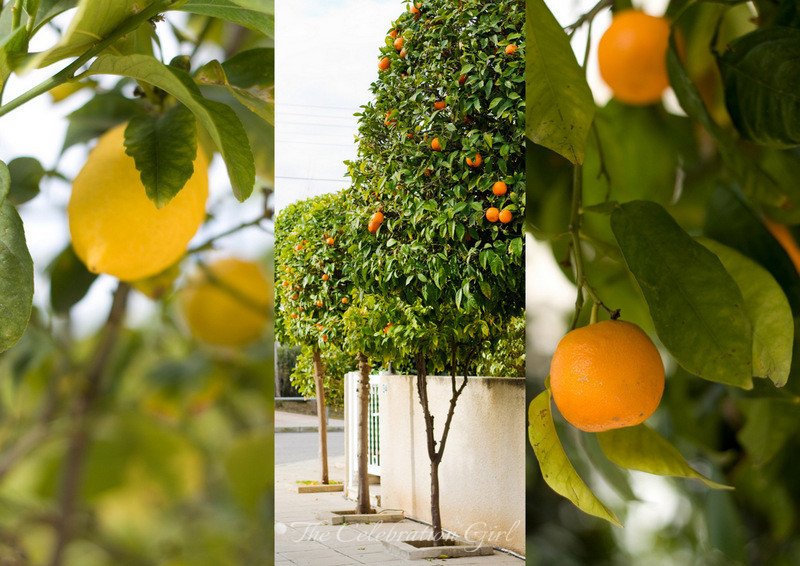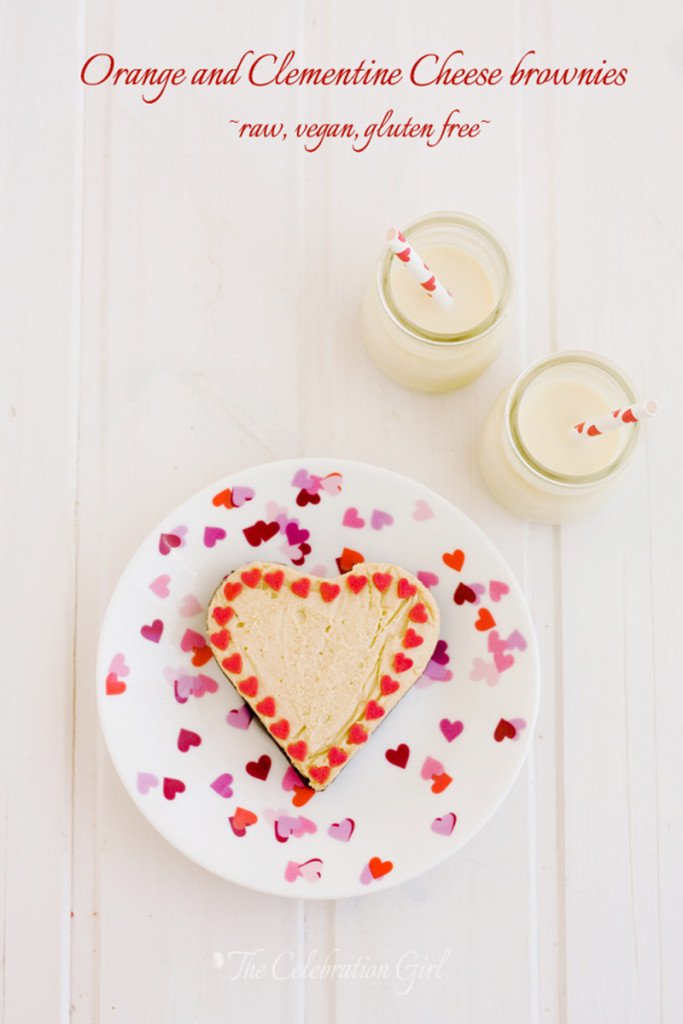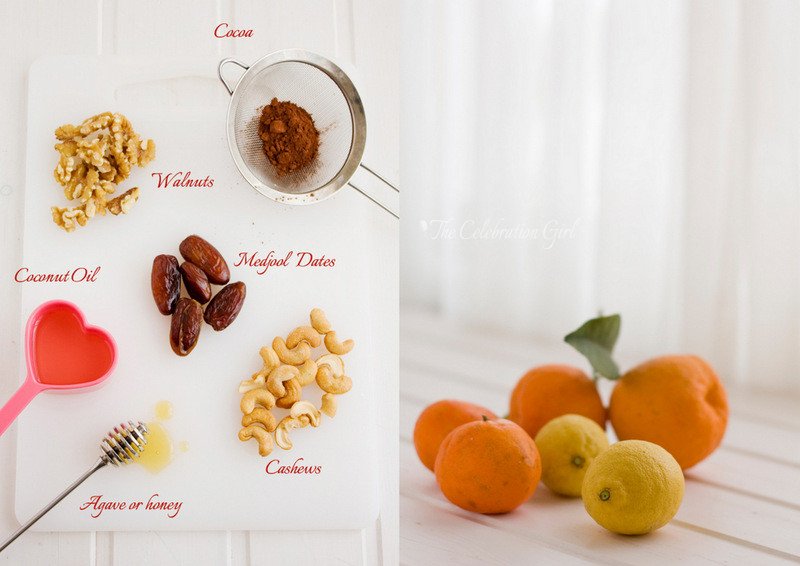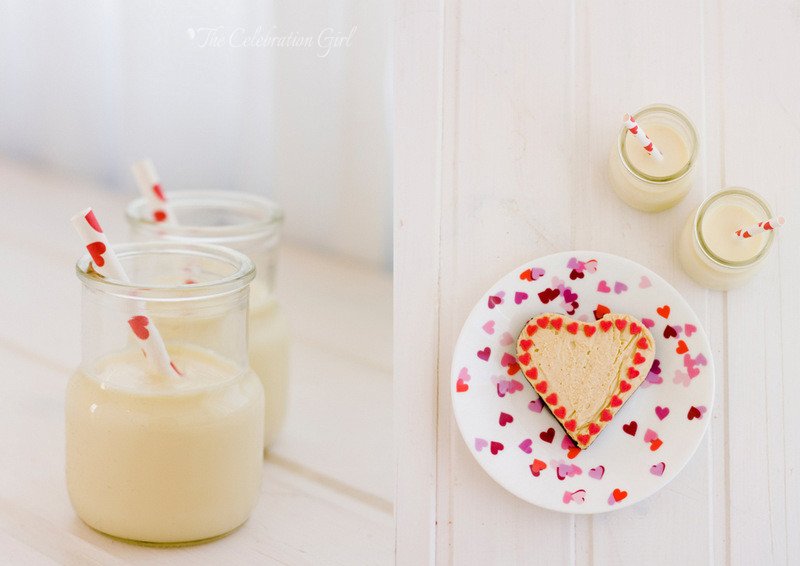Good morning dear friends! Happy Valentine’s day!
Do you celebrate this holiday or it is not a tradition where you live? As an Argentinian, I didn’t grow up with Valentine’s day and learn’t about it from movies and American TV shows. It was only in the late ’90s that it became more common to celebrate it, but that was only for those who had someone to celebrate it with and, until I met my husband, many years after that and in a different country, I didn’t. Most years, I would get together with my best friend (also single at the time) , cook together and watch movies that had nothing to do with romance, like the Lord of the Rings trilogy-extended edition. It was awesome. Rom-Coms could be watched any other day. We were not against the holiday, we were not a Valentine’s Grinch, we just felt that it was not for us. Like “
The day of the secretary” is not for you unless you are a secretary and you don’t expect your life to be different just because someone else is celebrating, I didn’t expect anything from Valentine’s day. But since everything seemed to be taken over by teddy bears and pink hearts, we made it ours by creating our own traditions.
The first Valentine’s day after I met my husband, which happened 3 weeks after we got married, we spent it apart. We were living in Ivory Coast at the moment, and had left to get married in Italy during our vacation time. But the day after we left there were riots that led to the evacuation of all non-essential staff of the organization where we worked and we got married on the day when our colleagues were being transported to Gambia. Then the call came: My husband had to go back, he was essential staff. I was not, so I had to stay behind. Argentina was too far away so, a mere two weeks after the wedding, we traveled to Belgrade (where my husband’s family lives) and I stayed with them for 3 weeks. My husband’s ethnic group has a tradition (no longer being followed anymore, from what I’m told) of bringing the bride back to her family a few weeks after the wedding, to give her the opportunity to change her mind, so we used to joke that he didn’t want to risk it, so he was leaving me with his family instead 😉
So Valentine’s day went by, uncelebrated, and maybe because of that, we never made a big deal about it. But we always have some treat, even if it’s just a block of dark chocolate, to mark the day, just because we take every opportunity to celebrate all that is good in our life.
Today’s recipe is the one I prepared for my monthly contribution to Petit-On. The ingredient selected for February was cheese, which presented a problem for me, so I checked with Raquel to see if I could use substitutions, and she encouraged me to write this recipe.
If you are reading these words and have been reading this blog for a while, you are probably wondering why is cheese a problem for me. I have, after all, a recipe for the best cheesecake ever, which is also one of the most visited blog posts. The reason is that I can’t eat dairy without feeling pain in my breasts due to a condition called cystic fibrosis. We discovered it two years ago when I ran in panic to the doctor after finding a lump the size of a marble in my right breast. The doctor ordered a breast ultrasound and we found out that I have cysts in my breasts, which are not dangerous but fill with liquid during ovulation, which causes pain. Milk makes the pain bad, but cheese, cream and yogurt make it unbearable and, when I do eat them, I know it’s at my own risk and regret it later. Since then 95% of my diet is vegan (I didn’t eat meat or eggs from before discovering this condition) and I have been working on finding substitutions for my favorite treats (You may have noticed that I normally list ” butter or margarine”in the ingredients, and that is because I used to make it with butter but now use vegan margarine and know it can be done). Now let’s be honest: vegan cheese is not brie or camembert, but when the choice is feeling enormous pain and freaking out when doing my breast exam, vegan cheese does the trick.
This recipe was created by adapting and modifying two recipes from Sara Britton, of the blog My New Roots. I had been wanting to try them for a while and found this to be the perfect opportunity to do so. And I love the result! It is called cheese brownie, because it has a raw brownie base,made only with walnuts, cocoa, dates and cocoa nibs for added crispiness. As Sara advises, Medjool dates are better because they are sweeter, but if you cannot find them or they are too expensive, simply add more quantity. Also, if you can, use good quality cocoa because it does make a difference.
The cream cheese filling is made with cashews, that were soaked overnight, agave nectar (or honey, if you are not vegan), coconut oil (which hardens at room temperature, so you will need to submerge the closed bottle in warm water for 10 minutes before using it), lemon juice (to give it the slightly bitter, characteristic “cheese”flavor) and orange and clementine juice and zest. I chose these flavors instead of the more traditional vanilla/fruits of the forest because citrus are in season and the trees that line my street are ripe with fruits. They also combine beautifully with the depth of dark chocolate.
As you will see, the recipe is very, very easy and it only requires a food processor or blender to do all the work. Furthermore, because of its characteristics, it is very versatile, and can be shaped in any form you like and even cut using a cookie cutter. I made little hearts using small heart shaped pans for my children, and a bigger, rectangular one, which I then cut in small squares to eat as “cheese brownie bites”. Since today is Valentine’s day, I placed a few bites in a home made origami box lined with mini cupcake cases, to give as a small present. Do you like them?
Here is the recipe:
Orange and Clementine Cheese brownies (adapted and modified from My New Roots)
Ingredients:
For the crust: 1 cup walnuts, 1 1/2 cup dates (Medjool are best), unpitted and soaked in warm water for 10 minutes, 1/2 cup cocoa powder, 2 teaspoons cocoa nibs
For the filling: 2 1/2 cups raw cashews, soaked overnight, 2/3 cup coconut oil, 2/3 cup agave or honey, 1/2 cup lemon juice, 1/2 cup orange juice, juice of 1 clementine, zest of 1 orange and 1 clementine. NOTE: If you like sweeter desserts, reduce lemon juice to 1/3 cup and replace by orange juice.
Preparation:
1. Cover the pan you will use with foil, making sure to leave plenty at the sides. This will help you unmold the cake without needing to invert it (just pull the excess foil and lift, carefully, and it will come up.
2. Place walnuts in the bowl of the food processor and process until they turn into powder. Add cocoa and process 30 seconds to integrate (or pulse). Turn the processor on and start adding the dates, one at a time, until getting a sand-like dough that compacts when pressed between your fingers.
3. Pour the dough in the pan, extend it evenly and press with your fingers to shape it. Set aside.
4. Wash and dry the Food processor’s bowl and fill it with all the ingredients necessary for the filling. Just dump them all at once. Turn the food processor on, and let it work until the ingredients morph into a smooth cream. How smooth the filling will be depends greatly on how powerful is your food processor, so I joke that if it becomes very smooth, I made a vegan philly cheesecake and, if it’s a bit crumbly, I made a ricotta cake instead 😉
5. Pour the filling over the crust and smooth using a spatula.
6. Wrap the cake in the excess foil and place it in the fridge for at least 6 hours.
7. Take out of the freezer 30 minutes before serving. Cut with a warm sharp knife while still cold.
Amigos hispanoparlantes: La receta en castellano está en Petit-On! Pueden verla haciendo click AQUI.







Mmm que antojo! Me encanta que estés publcando tantas recetas veganas y esto se ve delicioso. Yo ya estoy lista con mi alacena llena de quinoa, lentejas, frijoles, garbanzos, frutos secos, crema, leche, avena y aceite de coco.
Yo tampoco suelo celebrar San Valentín ( a excepción del chocolate, últimamente, pero eso es mas una excusa que otra cosa). Como tú siempre estuve “sola” aunque en México es día del Amor y la AMISTAD así es que como tu lo celebrabas con amigos, escribías recados, salías al cine. Tampoco la gran cosa.
Estando ya con Mark estas fechas son especiales porque cuando me visitó la primera vez fue del 10 al 14 de Febrero, con lo que fue el primer 14 de Febrero que pasé con alguie.
Investigando me di cuenta que el origen de está fiesta está lleno de faunos, lobos y festivales de la fertilidad (esa versión me gusta más, needless to say)-
Leche de coco me refería… la he usado para hornear y me fascina porque los pasteles quedan húmedos y algo ¿cremosos?. Es difícil de describir. Pero delicioso. Igual en las salsas para pasta en las que a veces me gustaba añadir queso crema (tipo Philadelphia) a verduras salteadas, echo la leche / crema de coco y queda super bien.
Ah, mira vos! Yo creia que tenia que ver con San Valentin, el cura que casaba parejas que no podian hacerlo, en la epoca del Imperio Romano. Buscando en wikipedia, sin embargo, te cuento que niegan que haya relacion con las lupercalias (no es que wikipedia sea LA fuente, de todas maneras jajaja)
La leche de coco es fantastica…y los helados hechos con leche de coco quedan deliciosos! La comida tailandesa y asiatica en general, que a nosotros nos encanta, usa mucha leche de coco en las salsas. Es fantastica. Lo unico es que tiene un sabor un poco invasivo pero si, como a nosotros, te gusta, no hay problemas!
En este artículo de The Telegragh sí que lo relacionan, pero claro, al final, es cuestión de quien lo escribe / analiza.
Leyendo sobre las Lupercalias, que en parte tenían como objetivo la purificación y expiación antes de la llegada de la vida en Primavera, me suena mucho a Carnaval y al tiempo de Cuaresma.
Al final las tradiciones se acaban entrmezclando y adquiriendo nuevos significados (lo que lo vuelve más rico culturalmente).
Gracias, Marcela!
Genial post
Besitos
Raquel
Hola! Recien me aparece el mensaje. Sí sabia que habia autores que lo relacionaban, pero claro parece que no es uniforme. Creo que todas las culturas realizan ritos en invierno/primavera, porque siguen los ciclos de la tierra. Lo que pasa es que hoy estamos tan desconectados de los ciclos de la naturaleza que nos resultan rituales extraños, pero son sabios. Respecto de las fiestas religiosas, recuerda que la mayoria fueron instituidas en fechas clave para poner fin a las tremendas bacanales originales (navidad luego del solsticio de invierno, cuaresma con los festejos de espera de la primavera, etc)